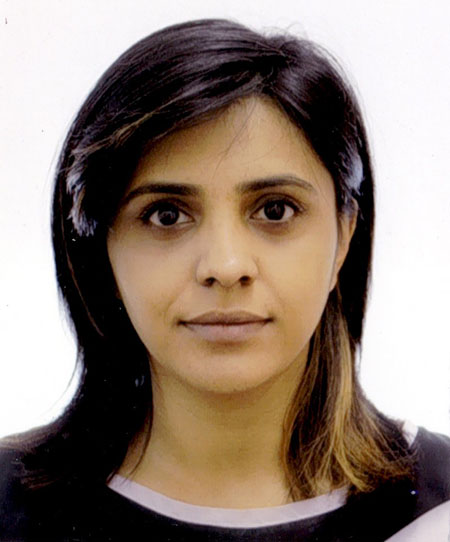
By Raveena Ravikumar and Alun Davies
Neuromuscular electrical stimulation (NMES) refers to the use of electrical impulses to elicit muscle contraction. It falls under the umbrella of electrotherapy, the use of electrical energy in medical therapy, and includes a range of products such as transcutaneous electrical stimulation (TENS) for pain control and iontophoresis to increase delivery of drugs transcutaneously.
NMES can be used to activate the calf muscle pump to eject blood from the venous plexuses, preventing venous stasis and increasing venous haemodynamics. As it causes active muscle contraction, NMES results in a significantly greater improvement in venous haemodynamics compared to intermittent pneumatic compression.
NMES is not a new technology. It has been used since the 1960s, as a method of thromboprophylaxis. However, the devices then used utilised galvanic (direct) current, which could be only used when patients were under anaesthetic and were associated with skin erythema, blisters and burns. Its demise coincided with the widespread use of heparin and intermittent pneumatic compression, which was a much simpler technology to develop.
However, several new devices have emerged in the market in the last two decades. Most of these devices are used by physiotherapists and marketed as sports rehabilitation devices, to enhance recovery following activity and rehabilitation following injury. However, the medical utility of NMES is only now being researched by a handful of device manufacturers.
NMES is administered via transcutaneous electrodes. When applied directly to the muscle bulk, it is termed direct stimulation, and when applied to a nerve supplying a muscle group, it is considered indirect stimulation. Adhesive electrodes can be applied to various parts of the body, but may result in hypersensitivity type reactions in some patients. Non-adhesive electrodes are available in the form of a footplate that administers NMES to the lower limbs. However, these devices can only be used while in the seated position.
The effect of NMES on the venous system is an interesting part of research. As it is reliant on the calf muscle pump to propel blood against gravity, the varying contraction and relaxation times can affect the volume of blood ejected. For example, repetitive contraction without an adequate relaxation phase is akin to trying to drain an empty well. It is still unknown if direct or indirect NMES results in better venous haemodynamics. It is also unclear if NMES of the calf is better than that of the feet or thigh.
The application of NMES in treating venous disorders includes its role as a method of thromboprophylaxis. Despite strong emphasis on venous thromboprophylaxis, with pharmacological and mechanical agents, venous thromboembolic disease remains a preventable cause of hospital-related mortality. With an increasing elderly and obese population, and number of invasive procedures performed, the risk of symptomatic venous thromboembolism remains high. In addition, the costly morbidity associated with post-thrombotic syndrome remains an important sequela for asymptomatic patients.
There is currently little evidence for the use of NMES as a method of thromboprophylaxis. However, the National Institute for Health and Care Excellence (NICE) has issued guidelines recommending its use in patients at high risk of venous thromboembolism with contraindications to other mechanical and pharmacological methods of thromboprophyaxis.
Current research at our institution is also investigating the effect of NMES in patients with venous disease on the basis that increasing venous haemodynamics reduces ambulatory venous pressure, limiting the progression of disease.
The clinical application of NMES is not limited to the venous system. As NMES causes active muscle contraction, simulating the effect of exercise, we are investigating its effect in patients with arterial disease and diabetic peripheral neuropathy. The preliminary and anecdotal results of these ongoing trials have been promising.
Neuromuscular electrical stimulation is an important technology that is still in the development phase. Further understanding of electrical properties and development of devices for medical purposes is warranted. As clinicians, we are still learning more about its application in treating vascular disease.
Raveena Ravikumar and Alun Davies are with Imperial College London, London, UK













